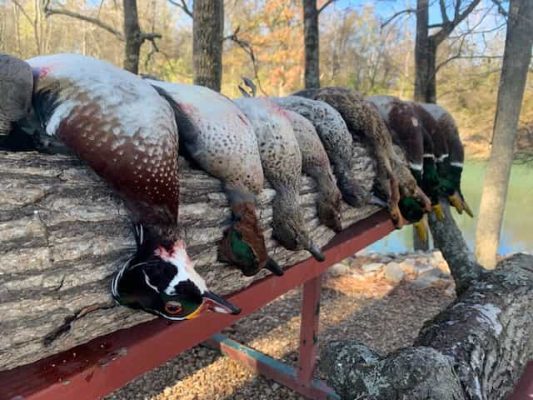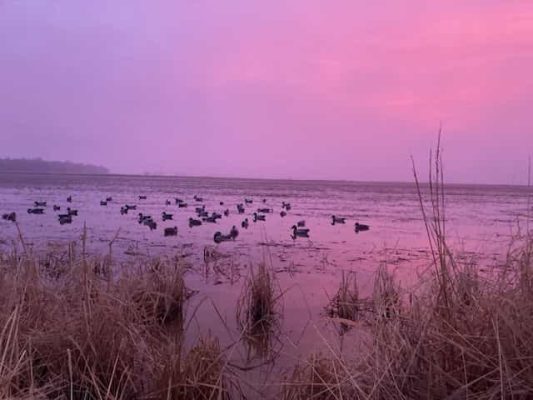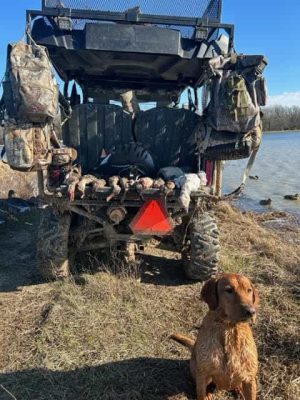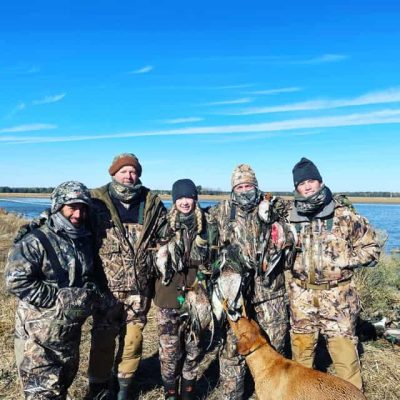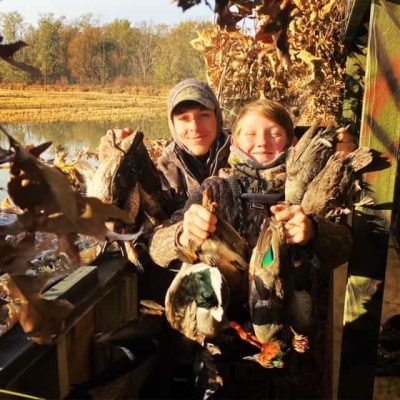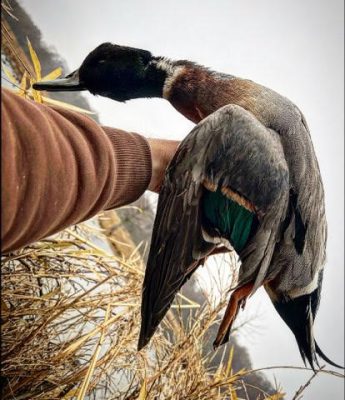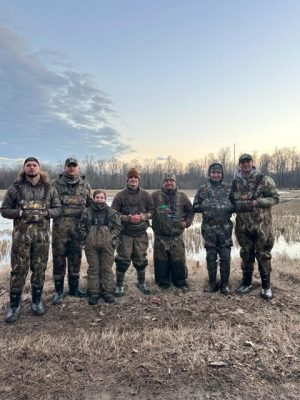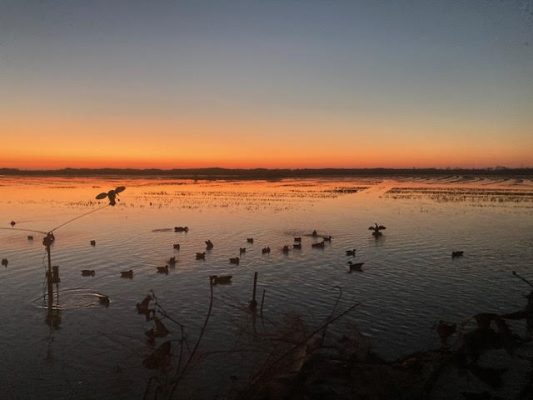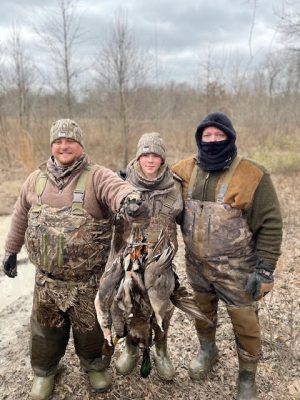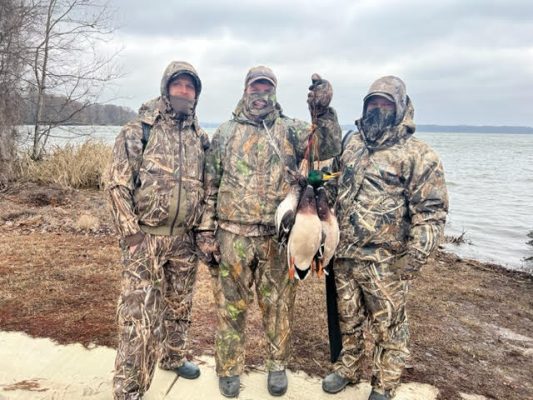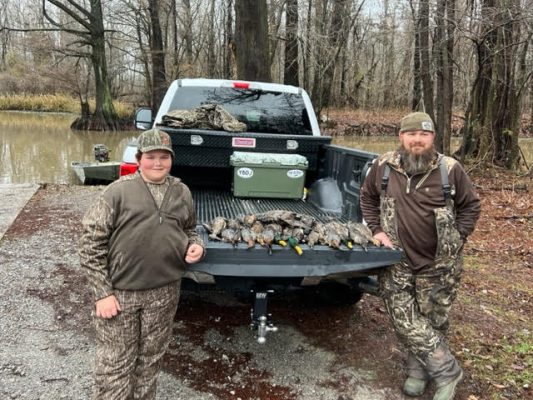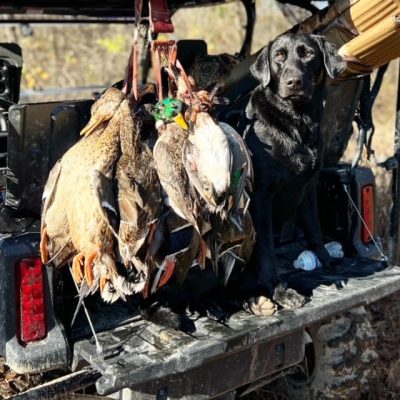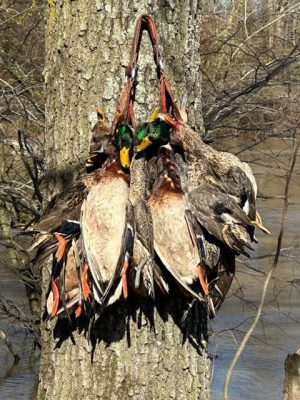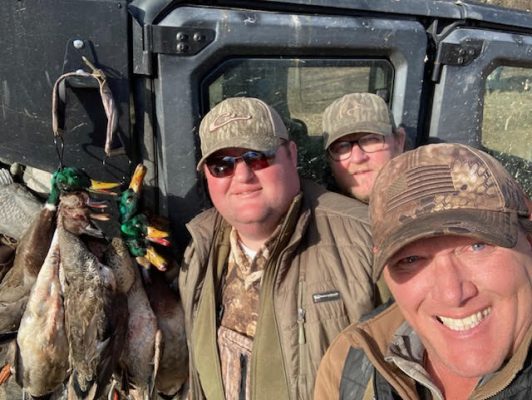How Do You Prepare for a Snow Goose Hunt in Tennessee?

Hunting decoys are an essential part of duck hunting gear, along with shotguns, waders, jackets, sunglasses, and others. While we may know how many pieces of other duck hunting equipment we need, calculating the adequate number of decoys isn’t as well-known, and the question of how many decoys you need for efficient duck hunting is the main topic of conversation between hunters.
Aware of this eternal question, we decided to contribute our own thoughts on the matter. We’ll explain how many decoys are needed or, more precisely, how many decoys we use in our guided flooded timber duck hunting tours in Tennessee. Keep on reading to find out the answer to the most common question related to duck hunting.
How Many Decoys Do You Need for Efficient Duck Hunting?
The number of hunting decoys depends on several factors, but the general rule of thumb is the more hunting decoys you prepare, the better.
Ultimately, the answer to how many decoys are needed for a successful duck hunt can range in the hundreds, and all need to be strategically and deliberately placed throughout the hunting area.
At Reelfoot Lake Duck Hunting Guide, we place hundreds, sometimes thousands of decoys during our guided duck hunting tours in order to ensure that we attract dozens of different species of ducks that make their home at Reelfoot Lake – a beautiful lake rich with wildlife, located in the state of Tennessee.
Types of Duck Hunting Decoys
Hunting decoys differ in several different ways. For example, one of them is decoy size. There are three sizes of decoys on the market: standard, magnum, and super magnum.
Then there are the different materials to consider: plastic, solid foam, and wood/cork decoys.
In addition to classic, static duck hunting decoys, there are also motion decoys, such as spinning wing decoys, which are great for attracting ducks who are suspicious of static decoys.
Best Duck Decoys
Choosing the best duck decoy is not easy because what works for one hunter does not necessarily mean that it will work for you. However, there’s an unwritten rule that the best duck decoys are the various models you can purchase for your spread so that you have a sufficient number of different static and motion decoys, all with their own distinctive models, such as mallard decoys, black ducks, wood ducks, pintails, teal, gadwalls, wigeons, etc.
This approach creates a diversity that persuades ducks in flight that those on the surface of the lake are indeed their companions.
Guided Flooded Timber Duck Hunting by Reelfoot Lake Duck Hunting Guide
We believe that we’ve answered the question of how many decoys are needed for successful duck hunting, as well as having explained what types of decoys exist on the market.
However, if you do not want to mess with decoys and would prefer to leave it to the experts at decoy duck hunting, we invite you to contact Reelfoot Lake Duck Hunting Guide and arrange a guided flooded timber duck hunting tour. Doing so will leave everything related to the organization to us; you just need to come and be willing to participate in an exciting duck hunt.
We offer expert-guided flooded timber duck hunting excursions, and our experienced guides possess extensive knowledge of the local area and the behavior patterns of waterfowl. With our guidance, you’ll have access to prime hunting locations and benefit from our expertise in calling and decoying the birds. Therefore, don’t hesitate to contact us for an outstanding duck hunting experience.





















